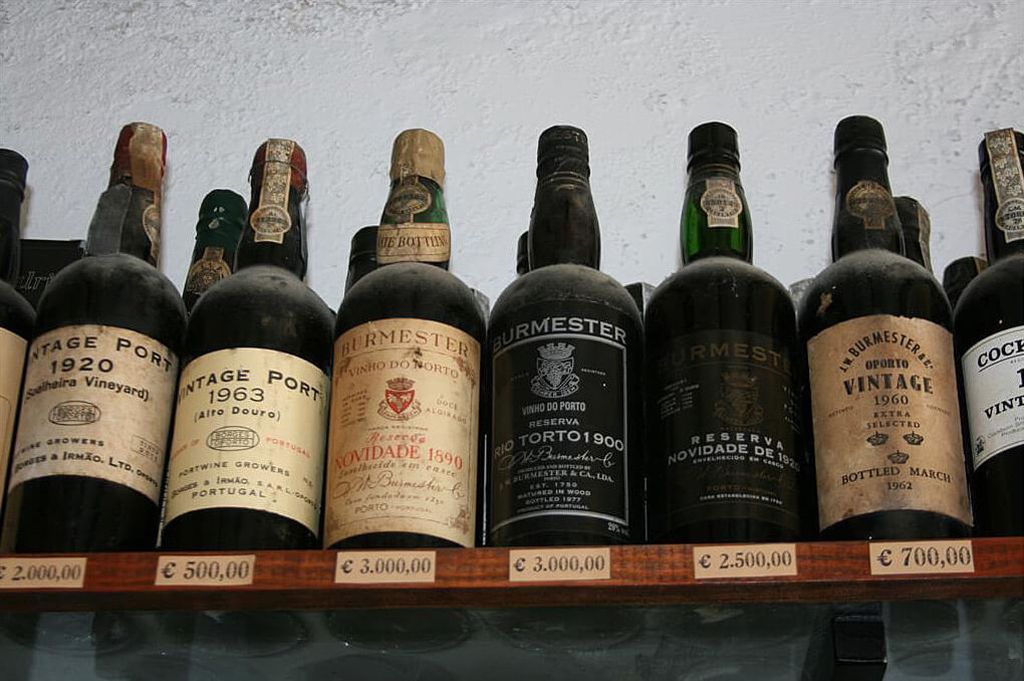An endearing slice of Portugal is the Douro River Valley, the winding, terraced region that produces the country’s beloved port wine. This is Portugal’s answer to Germany’s romantic Rhine River Valley. But, unlike the Rhine, the Douro was never a strategic military location, so, rather than castles and stony ramparts, visitors encounter farms and sleepy villages. The only thing fortified here… is the wine.
The Douro region, where port is produced, stretches along the river of the same name, about 60 miles inland from the city of Porto. (The second-largest city in Portugal, Porto is where the Douro River spills into the Atlantic Ocean.) Joyriding through the region, you enjoy steep, twisting valleys and tidy terraces as far as the eye can see. Depending on when you visit, the hillside can shift in color, from dusty brown in winter to scrubby green in summer to glowing red and gold in fall.
The Douro Valley is the only place that can legally produce what’s called “port wine,” thanks to the Marquês de Pombal, who demarcated the region in 1756. Visiting here, you can appreciate just how much hard work it was, and still is, to produce traditional port wine.
This vine-draped and ever-changing terrain was sculpted by centuries of hardy farmers, who laboriously terraced the land. And, to this day, it remains a labor of love, as grapes are still generally picked by hand and crushed the traditional way — by foot — as machines are unable to achieve high-quality results.
Full article: intltravelnews.com
